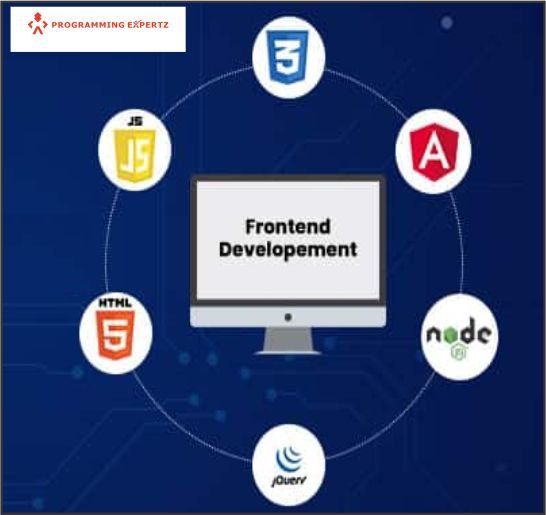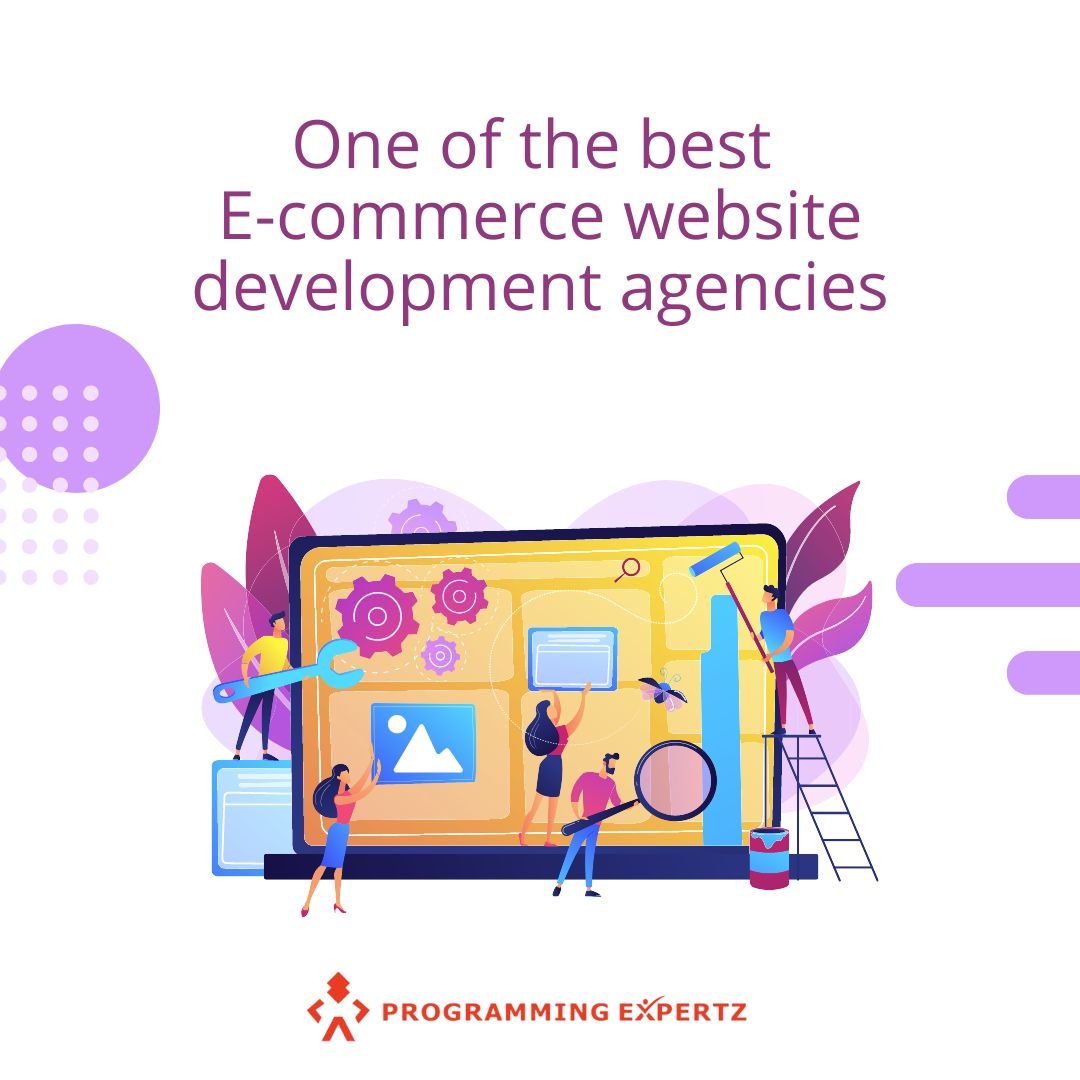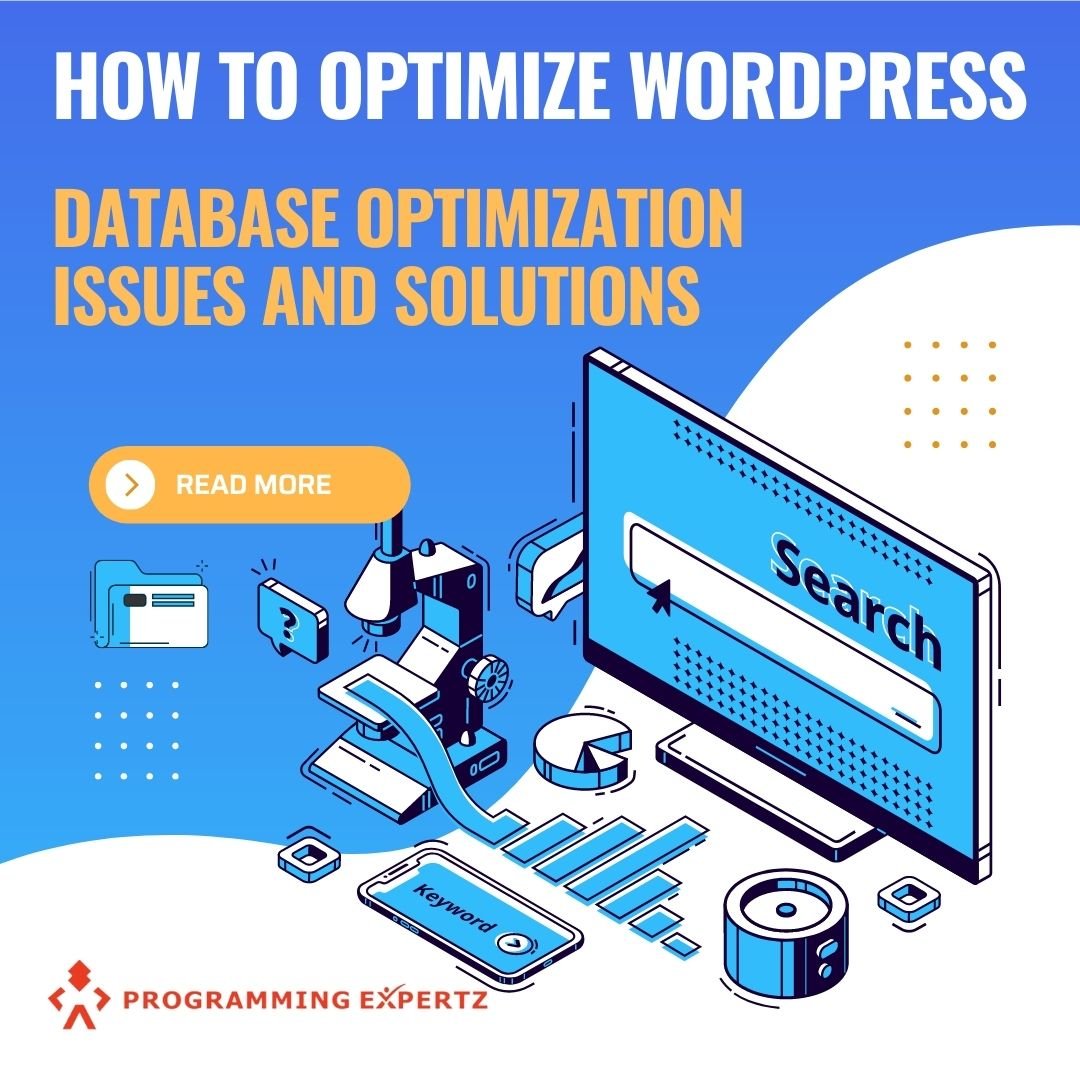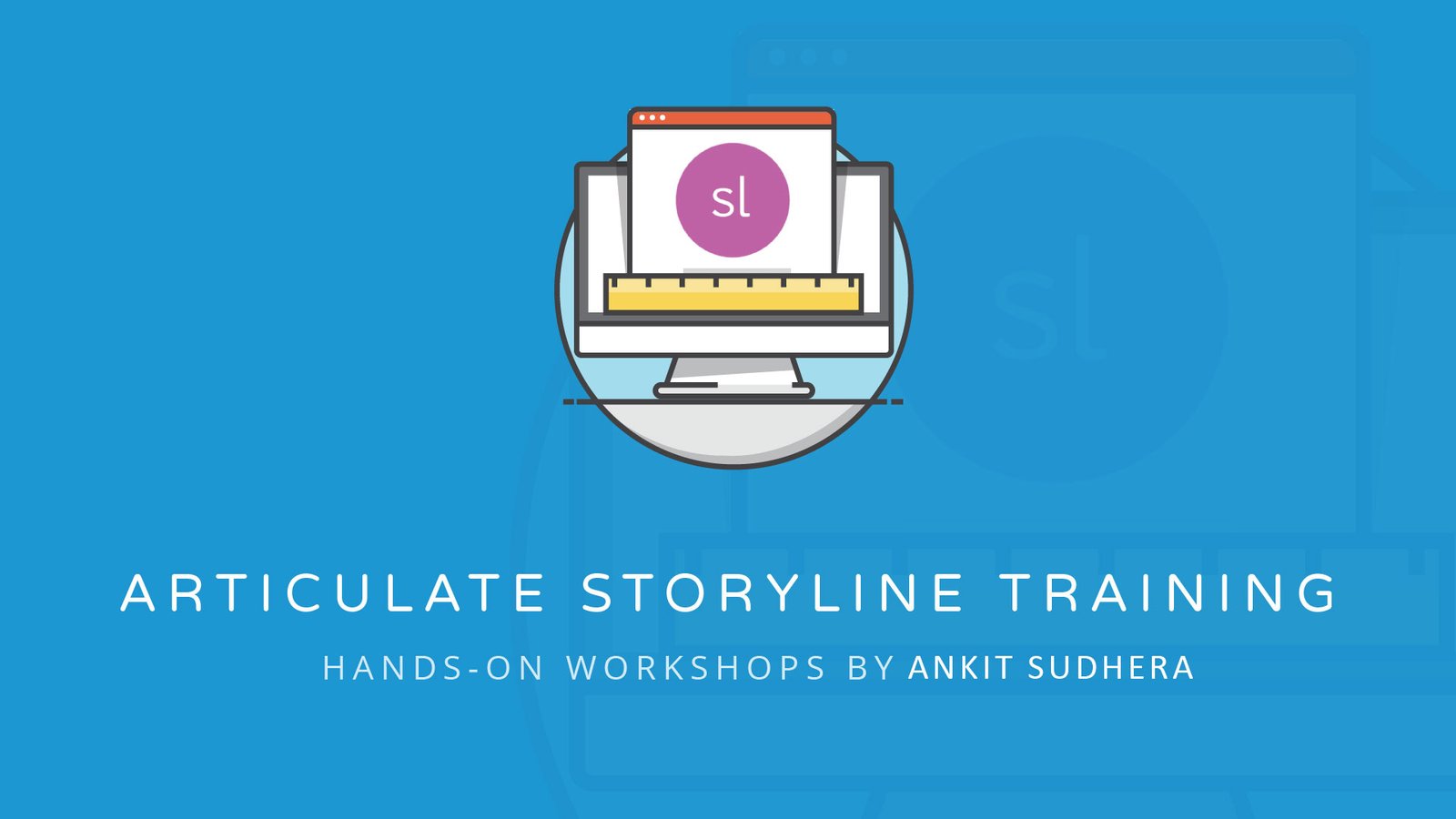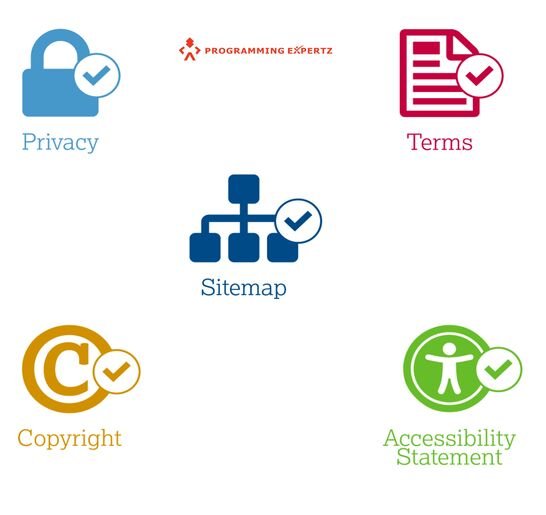The success of practically every software infrastructure is driven by front-end technologies. Although back-end technology enables software programs to work correctly in the first place, people are unlikely to consider a software product unless it has a visually appealing graphical interface to entice them. Even though traditional culture typically brushes creative work under the rug, it’s become abundantly evident how much the world depends on artistic prowess.
Of course, combining art’s interests with the modern world’s technical progress leads to more widespread channels for both businesses. For example, the expected employment growth rate for web developers and digital designers over the next decade, notably between 2019 and 2029, is 8%.
This number may not appear alarming at first glance, but it is twice the average growth rate for all vocations. With this in mind, you should focus on the front-end technologies that will help you design effective software for your forthcoming project. Here are 11 front-end technologies to keep an eye on:
What Is Front-End Development and How Does It Work?
The part of web development that is visible to the end-user is called front-end development. As a result, front-end developers are primarily in charge of creating user interfaces (UIs) with which users can interact.Front-end development is converting back-end code into something that the user can navigate via a graphical interface.
- Front-end development guarantees that you can use an application or website properly, whereas back-end development works behind the scenes with servers, databases, and other internal structures.
- If you didn’t use front-end web development, you could be staring at an unattractive muddle of code right now. To ground Programming Expertz association, you have structured text with suitable headers and an appealing blue motif.
- Successful front-end development necessitates several vital abilities. For example, mobile-first and responsive web design (RWD) are two design approaches that aim to match design elements suitably to various screen sizes.
- This is vital to keep in mind if you want your web apps or websites to work on mobile devices and web browsers.
In general, front-end development attempts to meet three key goals: accessibility, speed, and performance.
To construct front-end behavior, web development, in particular, necessitates a specialized set of essential tools. HTML, CSS, and JavaScript are the building blocks of front-end web development.
Front-end web development is built on the foundations of HTML, CSS, and JavaScript. You may learn more about these essential tools, as well as a few other front-end technologies, right below.
In 2021, there will be the 11 best front-end technologies to use.
To be honest, there are hundreds of front-end technologies that you can use in your next software project. And many of them would be perfectly capable of handling the workload you have planned. None, however, stand out as much as the 11 front-end technologies listed below:
The 11 Most Effective Front-End Technologies
1 Java Script
For the past quarter-century, JavaScript has been around. Because of its dynamic characteristics, the programming language is well-known for transforming the web.
- Dynamic content is subject to change, whereas static content is immovable.
- The web as a whole was static before the introduction of JavaScript. A web page was nothing more than a block of text.
- Then came JavaScript, which allowed for interactivity such as scrolling, clicking, and much more.
- JavaScript is now utilized on nearly all websites and serves as the foundation for numerous front-end frameworks, many of which will be briefly discussed today.
2. HTML
- (HyperText Markup Language) is a core web technology, alongside JavaScript and CSS.
- Its primary goal is to structure the text, which is accomplished via preparing documents for web display.
- HTML5, published in 2014, allowed HTML to include multimedia components like video and audio natively. This development effectively eliminated the requirement for Adobe Flash Player and other comparable plug-ins.
- HTML is included in every web page since it is required for teaching a web browser how to display text, graphics, and other content on a webpage.
3. CSS Cascading Style Sheets (CSS)
CSS describes how a document is styled and presented. CSS, for example, is used to govern the visual details of a web page in any HTML text.CSS governs the layouts, colors, and fonts of a website. CSS3 – the most recent CSS version, released in 2001 — modularized CSS requirements, providing developers more overall flexibility.
4. ReactJS
ReactJS is a front-end JavaScript library for creating user interfaces and components. React was created and is maintained by a small team of Facebook developers.
- React is becoming one of the most widely used JavaScript web development libraries. React is used by several big worldwide companies, including Facebook and Instagram.
- The model-view-controller (MVC) architecture is used by React. There is a separation of concerns between the display and data access layers in an MVC paradigm.
- The view is represented by the presentation layer, whereas the model is represented by the data access layer. Finally, the controller manages user interactions by sending user input to the model and view, responding appropriately.
- MVC is a popular user interface design technique. The virtual DOM is one of React’s most distinctive features.
- Application programming interfaces (APIs) that control how a document is viewed and edited are known as document object models (DOMs). The DOM manipulates XML and HTML texts as a tree structure, with each HTML element acting as an object.
- When it comes to syncing changes to an entire program, DOM manipulation can be expensive on a system. Virtual DOMs are representations of real-world objects that developers store in memory for faster manipulation before synchronization.
5 React Native
React Native is a mobile application framework that is also a Facebook offshoot. Mobile developers may use React Native to create apps for Android, iOS, and a range of other platforms, including macOS and AndroidTV. React Native is hence a hybrid app development platform. To be sure, React Native’s primary goal is to enable native functionality across different platforms.
- When cross-platform compatibility is introduced, most front-end technologies and development tools struggle to retain good performance.
- However, the name React Native signals that Mark Zuckerberg, the well-known inventor of Facebook, is quite optimistic about the platform’s future.
- Code reusability and rapid refresh are two more important aspects of React Native.
- Of course, code reusability relates to React Native’s ability to exchange code between platforms.
- Thanks to the fast refresh feature, react Native developers may see changes as soon as they are implemented.
6 Angular
Angular is a TypeScript online application framework that is a substantial part of the MEAN tech stack, which stands for MongoDB, Express.js, Angular, and Node.js. TypeScript is a superset of JavaScript that adds static typing to improve type safety and faster error detection.
- Angular employs the model-view-ViewModel (MVVM) design paradigm instead of MVC. The graphical user interface is also separated from the business logic using the MVVM design.
- In the absence of a controller, the view model receives notifications and alerts the view of any state changes.
- Aside from its architecture, Angular is a very flexible framework. You can use the framework to create progressive web apps or construct near-native mobile apps using Cordova, Ionic, or NativeScripy.
- Angular may also be used to create desktop programs for Mac, Windows, and Linux.
- Angular’s templates are another outstanding aspect of the framework, which developers can use to quickly generate UI views, allowing the software development team to be more productive.
7 Flutter
Google’s Flutter is a user interface software development kit (SDK). In addition to Flutter, developers use Dart, a fast programming language, and Skia, a frugal graphic engine, to create cross-platform apps.
Dart is quicker than JavaScript in benchmarks because Skia abstracts platform-specific graphics and renders native UIs using APIs from various development platforms. Naturally, these Flutter features cut down on time it takes to write code. Furthermore, Flutter’s ready-to-use widgets are highly customizable and time-saving.
8. npm
Node Package Management, commonly abbreviated as npm, is a JavaScript package manager.
- Node.js’s default package manager is npm. Node.js is a JavaScript runtime environment that enables back-end developers to use JavaScript.
- Package managers are available for almost all programming languages. However, given that JavaScript is used on nearly every website on the Internet, it should come as no surprise that npm is the world’s largest software registry.
- With over 350,000 packages, npm is a must-have front-end solution that allows JavaScript developers to share and reuse each other’s code.
9. Vue.js
Vue.js is a progressive JavaScript framework and MVVM. Vue.js fosters gradual adoption by being progressive.
- In other words, Vue.js only gives developers access to the view layer at first. Any other software structures, as well as supporting libraries and packages, should be included.
- Evan is a Vue.js developer. You used AngularJS to develop the project. He decided to take the most significant elements of Angular and combine them into a lightweight solution.
- Vue.js is popular among developers since it is simple to implement in small projects and equally simple to scale up.
10 Ionic
Ionic is an open-source SDK for creating hybrid apps. Ionic allows you to create performant native and web apps using a single JavaScript codebase.
- With Ionic at the helm, developers can construct user interfaces using various front-end technologies such as Angular, React, or Vue.js.
- Ionic’s dexterity is equal parts Cordova and Capacitor plug-ins. They include capabilities such as GPS, camera, and flashlight that are part of the operating system.
- Developing apps with Cordova or Capacitor combines simple UI design with extensive native technology.
11 Bootstrap
Bootstrap is a CSS framework that includes design templates for typography, forms, buttons, navigation, and other user interface elements.Bootstrap can be thought of as a toolbox for quickly and easily creating the front-end of responsive websites. Bootstrap’s pre-built components are included in the themes and icons.
Furthermore, Bootstrap is mobile-first, which means that the design is tailored to mobile devices, which have significantly more limitations than web development. As a result, developers may grow design to match the web rather than the other way around.
Conclusion
Front-end development is an essential part of almost any software project. Whether or not you understand the ins and outs of software development, front-end technology will play a significant role in the final product you release to a waiting customer base.How well you do in the market will determine how well you use the correct front-end technologies. For front-end web development, JavaScript, CSS, and HTML are required, but what more tools will get your project where it needs to go?
Take a close look at the front-end technologies covered in this article and make an informed decision. Keep in mind that the efficient usage of all of these front-end technologies necessitates qualified front-end developers.
The Programming Expertz is here to provide you with front-end developers who are both experienced and well-trained. Learn more about how Programming Expertz hires front-end developers.

